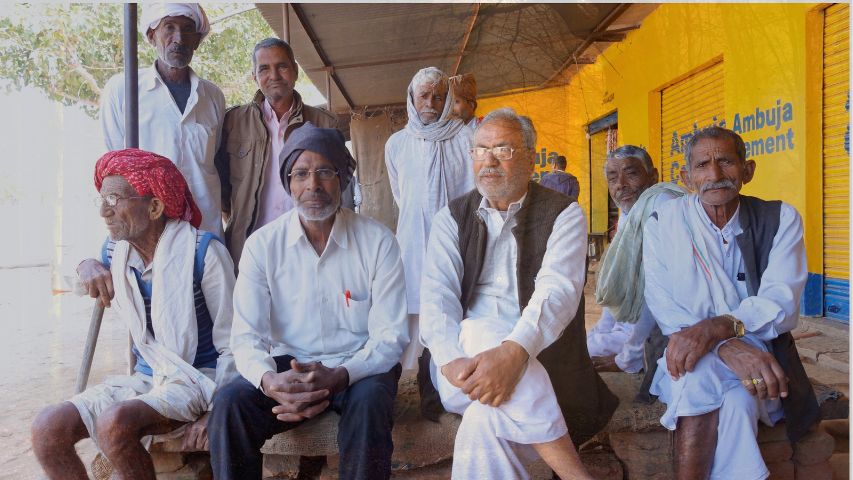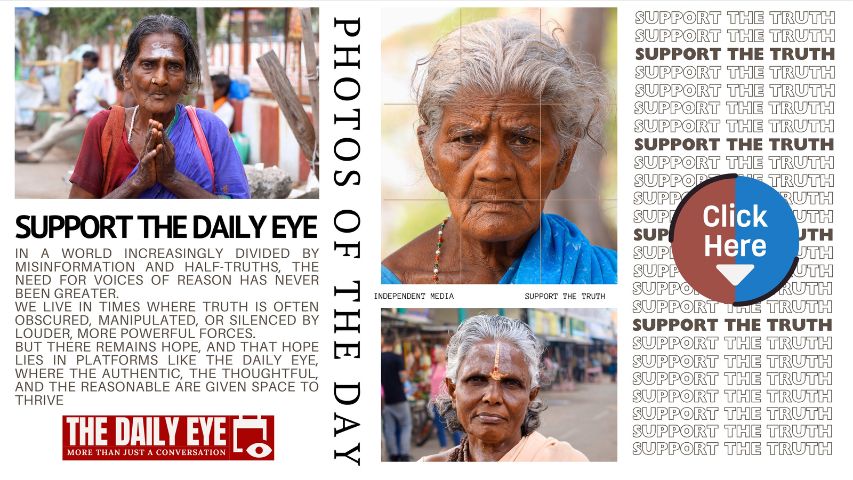
TRENDING: END CENTRAL INFLUENCE IN STATE ELECTIONS
by Vinta Nanda December 19 2024, 12:00 am Estimated Reading Time: 5 mins, 17 secsEnsuring fair democracy in India means banning central leaders from state election campaigns, safeguarding federalism, and allowing state governments to function independently without national interference. Vinta Nanda writes…
Photography: Vinta Nanda
The proposal of 'One Nation, One Election' threatens India's federal democracy by enabling central leaders to dominate state elections, disrupting the balance of power. Central ministers, including the Prime Minister, should focus on national governance instead of campaigning in state elections. Banning such involvement would prevent misuse of central machinery, reduce political interference, and preserve India’s federal structure. As India’s political landscape is shaped by its diversity, decentralizing elections will ensure fair representation, strengthen state autonomy, and uphold democratic accountability. Electoral reforms should focus on transparency, campaign funding regulation, and enhancing the Election Commission’s autonomy.
One Nation, One Election: A Threat to India’s Federal Democracy
India’s unique identity lies in its diversity—of cultures, languages, religions, and regional aspirations. The proposal of ‘One Nation, One Election’ challenges this very essence by advocating simultaneous elections for both the central and state legislatures. While proponents argue it will save public money, reduce administrative strain, and ensure smoother governance, the implications for India’s federal structure are profound and troubling.
Political Interference and Campaigning: The Core Issue
The most pressing concern with ‘One Nation, One Election’ is the dangerous blurring of lines between central and state politics. Presently, national leaders, including the Prime Minister and central ministers, routinely campaign in state elections, diverting their attention from their primary responsibility—governing the country. This misuse of central power and resources skews the democratic process, allowing undue influence over state-level elections.
If simultaneous elections were implemented, such interference would become systemic. Central leaders, wielding significant administrative and financial power, will dominate state campaigns, restricting electoral opportunities for regional parties and state leaders. This would destabilize India’s federal structure, concentrating power disproportionately at the national level.
A more democratic and transparent solution is to ban central leaders from participating in state election campaigns entirely. Central ministers must focus exclusively on national governance and the constituencies they represent, respecting the mandate given to them. They are elected to serve the nation, not to meddle in state elections where they have no direct electoral mandate.
For true accountability in Indian democracy, every parliamentarian must represent the people of their constituencies at the national stage without interfering in state politics. National leaders, regardless of their party affiliations—whether from the ruling or opposition parties—should be legally barred from campaigning in state elections once elected to central office. This separation would reinforce the principles of federalism, empowering state governments to function independently, free from political manipulation.

Historical Context
Simultaneous elections were a reality in India during the early years post-independence, with the first few general elections being held alongside state legislative elections until 1967. However, the premature dissolution of various state assemblies in 1968-69 disrupted this practice. Since then, India has seen staggered elections across its states, reflecting the dynamic political landscape shaped by its federal structure.
The idea of reviving simultaneous elections resurfaced in 2014, championed by the present Prime Minister. He argued that frequent elections hinder governance due to the repeated imposition of the Model Code of Conduct, which restricts policy announcements and developmental initiatives. Supporters also highlight examples from countries like Pakistan and Nepal, where simultaneous elections are practiced, though these nations have vastly different governance models. It would be fair, democratic and logical if the Prime Minister and his cabinet stay out of state election campaigning after taking office as also all other parliamentarians elected to the parliament from opposition parties.
Challenges to India’s Federal Structure
India’s federal system divides power between the central and state governments, enabling states to govern independently on various subjects. Simultaneous elections threaten this balance by diminishing the autonomy of state governments.
The notion that central and state elections should occur together assumes that electoral cycles can be synchronized without disruptions. In reality, state governments may face crises leading to early dissolutions or loss of majority, necessitating mid-term elections.
Governance and Administrative Burden
Proponents argue that simultaneous elections would reduce administrative costs and lessen the burden on security forces. Whereas conducting elections in a country as large and diverse as India requires vast logistical coordination. Staggered elections distribute this burden, allowing the Election Commission to manage resources more effectively.
Simultaneous elections could strain the system by requiring millions of personnel and vast security deployments across the country at the same time. The administrative apparatus will become overstretched, causing critical governance issues in managing such a large-scale operation.
Public Discourse and Representation
India’s electoral process requires continuous engagement between the public and political representatives. Staggered elections keep politicians accountable, as they are under constant public scrutiny due to frequent elections in various states. A single nationwide election every five years will reduce this interaction, weakening democratic accountability.
Additionally, India’s regional diversity necessitates that state-specific issues receive adequate attention. National issues will overshadow regional concerns during simultaneous elections, marginalizing the voices of smaller communities and regional parties. This will dilute India’s democratic spirit and hamper state-level policy-making.
Constitutional and Legal Hurdles
The implementation of simultaneous elections would require extensive constitutional amendments, affecting Articles related to the tenure of legislatures, the Representation of the People Act, and the Rules of Procedure for both Parliament and state assemblies. The Law Commission of India’s 2018 draft report emphasised this, recommending amendments and ratification by at least half the states.
These changes would face significant legal and political challenges, especially given India’s fragmented political landscape. Regional parties would likely resist any move perceived as consolidating power at the centre, leading to potential political instability.
Strengthening Federalism, Not Weakening It
A decentralized political system is crucial for India’s survival as a pluralistic democracy. Local issues need local solutions, and state governments must operate with autonomy and flexibility.
Instead of pursuing simultaneous elections, India should focus on reforms that strengthen democratic institutions and reduce electoral malpractices. Proposals such as limiting central leaders’ involvement in state campaigns, improving electoral funding transparency, and enhancing the Election Commission’s autonomy can better serve India’s democratic framework.





-173X130.jpg)
-173X130.jpg)
-173X130.jpg)
-173X130.jpg)
-173X130.jpg)
-173X130.jpg)
-173X130.jpg)
-173X130.jpg)